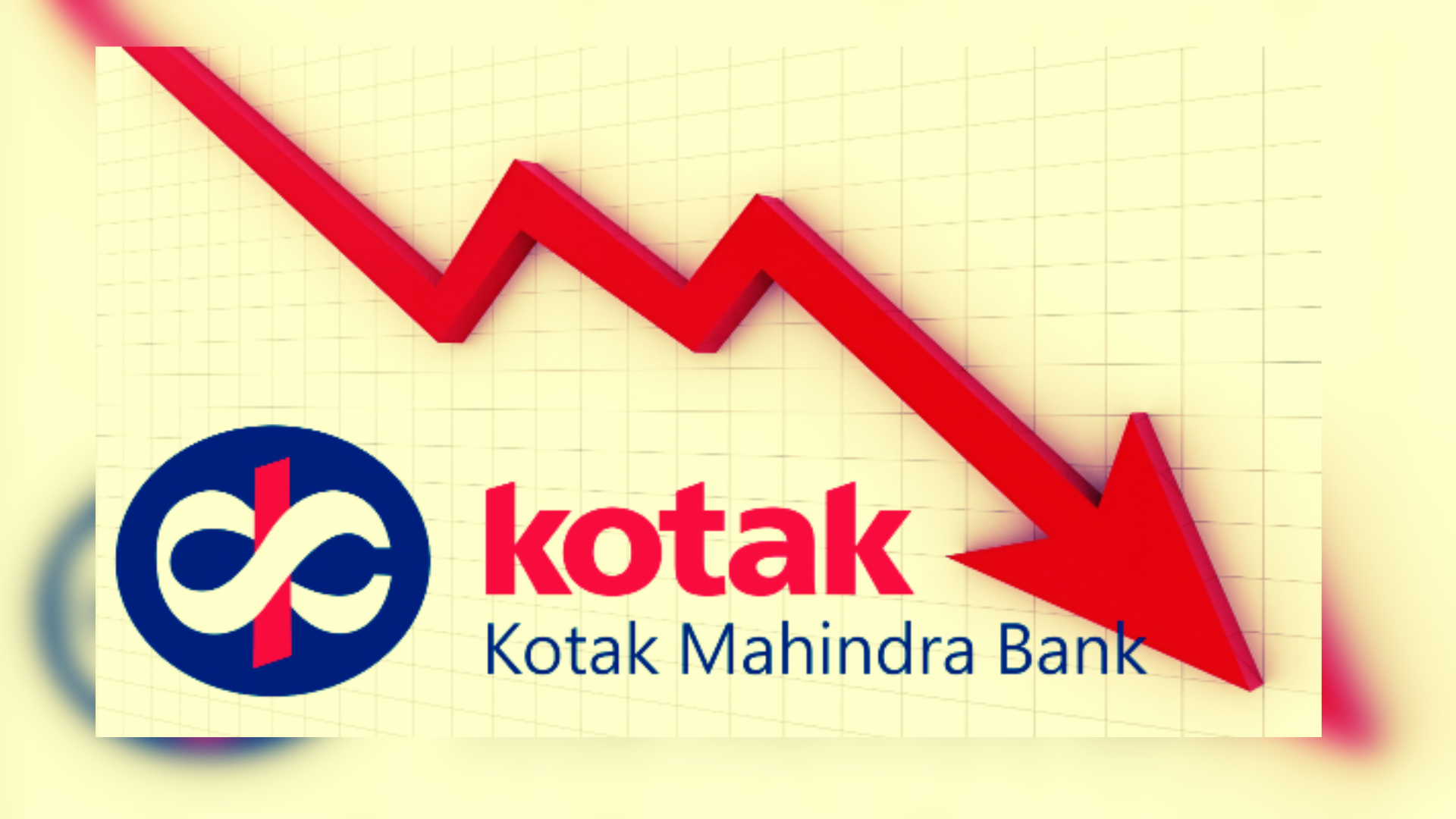










Crude oil futures reached a six-session high on January 5, driven by escalating tensions in the Middle East, leading to concerns about potential long-term disruptions to Red Sea vessel traffic.According to S&P Global Commodity Insights (GCI), the decision by A.P. Moller-Maersk, one of the world’s largest shipping lines, to divert its ships from the Red Sea and the Gulf of Aden to the Cape of Good Hope for “the foreseeable future” heightened apprehensions about the impact on seaborne container transportation.
The move came after Iran-backed Houthi rebels launched a new type of attack on international shipping using unmanned surface vessels, raising security risks in the region.
TD Securities Senior Commodity Strategist Daniel Ghali noted that energy markets appeared under-priced for the ongoing rise in geopolitical risks, emphasizing the potential for additional upside convexity amid escalating military interventions in the Middle East.
Daniel Ghali said in a note, “Energy markets appear significantly underpriced for the ongoing rise in geopolitical risks. TD Securities Senior Commodity Strategist. Escalating military interventions in the Middle East suggest additional upside convexity.”The diversion of Red Sea traffic had tangible effects, with South African bunker calls surging by 80 per cent in the week ending January 4, according to S&P Global Commodity Insights data.
Ports across West and East Africa experienced increased demand as vessels sought alternative routes.Northeast Asia’s major energy importers expressed growing concerns about potential supply risks due to rising tensions in the Middle East, particularly with Houthi rebels escalating attacks on commercial shipping in the Red Sea.Japan, in particular, voiced worries about the Middle East situation, given its high dependency on the region for oil supply.
The Middle East accounted for 94.6 per cent of Japan’s crude oil imports in November, with Saudi Arabia contributing significantly to the total supply.
Oil prices received an additional boost from a strong US employment report that alleviated fears of a near-term slowdown in US refined product demand.The Labour Department’s data revealed the addition of 216,000 jobs in December, surpassing market expectations and signalling positive economic momentum.Despite these positive indicators, concerns were raised about a potential disconnect between the market’s narrative and actual gasoline demand.
SPI Asset Management’s Managing Partner, Stephen Innes, highlighted the sharp increase in US refined product inventories in the week ended December 29, raising questions about the market’s perception versus the actual demand for gasoline as an economic activity indicator.
“This development raises concerns about a potential disconnect between the market’s Goldilocks narrative and actual gasoline demand, especially when considering gasoline demand as a forward indicator of economic activity,” Innes said.
In the commodity market, NYMEX February RBOB slipped 46 points to settle at USD 2.1055/gal, while February ULSD climbed 2.01 cents to USD 2.6085/gal.
The situation in the Middle East and its ripple effects on global shipping routes remain key factors influencing crude oil futures and broader energy markets.









